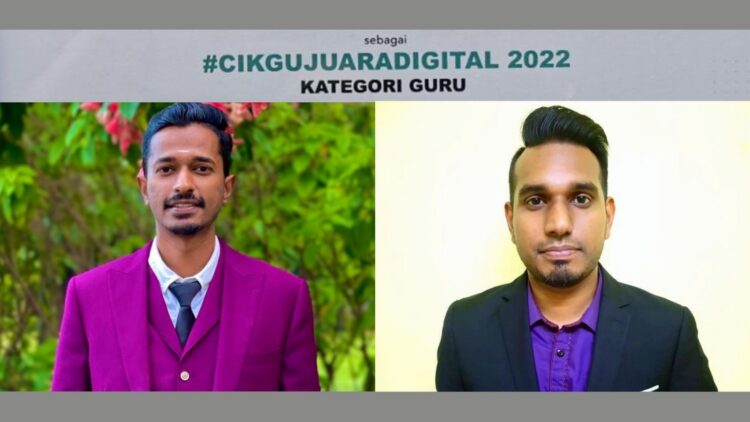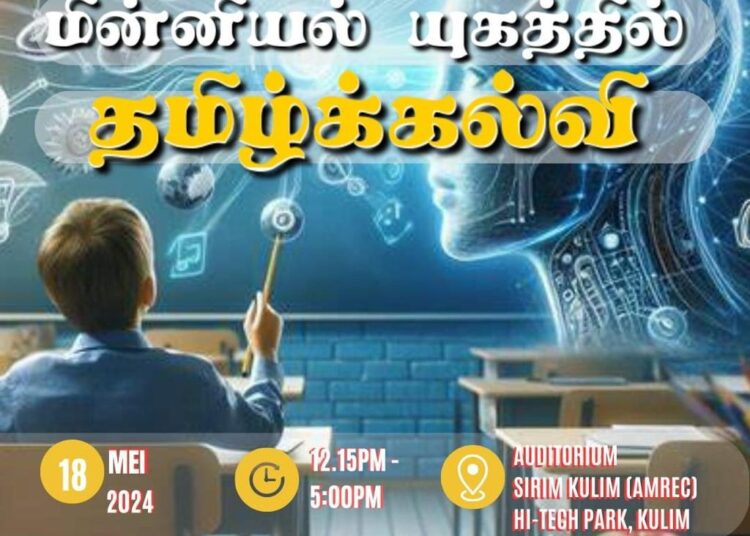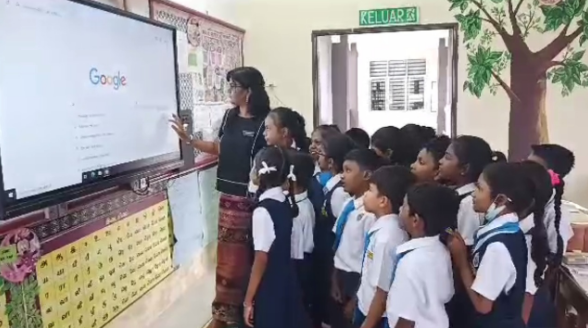The foundation for all of life’s potential accomplishments is knowledge and education. The next generation of young minds have the opportunity for a better future thanks to these devoted educators who are determined to nurture the future generation.
Chelva Letchmanan, 30, of SJKT Bandar Mahkota Cheras, and Rooban Arumugam, 33, of SJKT Selama, were honoured as Top 50 Digital Teachers Malaysia Award winners for their innovative use of technology to implement education for students, the school, and the community.
Both of the aspiring educators spoke with Varnam MY about their professions, the progress made to advance digital learning, and their exposure to digital education.

As per Chelva, despite having another career goal, his father encouraged him to seek a career in teaching, and he also took his advise into consideration and went down that road.
I’m glad that his choice now completely suits me. I doubt that I would be as excellent today if I had followed my dream. Now that I have his blessings and have followed his advice, I am succeeding greatly in my line of work. – Chelva
Similar to that, Rooban had planned to pursue a career in information technology (IT), but after graduating from high school, his parents urged him to pursue teaching as a second field of study, and the rest is history.
IPG Campus Tengku Ampuan Afzan is where I first discovered my passion for teaching, and it was at that point that I knew this was the career route I wanted to follow because I could still use my technology expertise to benefit both students and teachers. – Rooban

Varnam: Do you think this is a critical time to focus on digital learning?
Chelva: Focusing on digital learning is unquestionably the right move. Following COVID, teachers have started to adapt and learn digital learning. Regular learning would never impact a kid that much as we need to prepare them for a complete technology based learning. As of now, it is part of their basic needs and all teachers must be knowledgeable about it.
Rooban: The COVID-19 crisis has given us an alternative to face-to-face instruction by adopting online teaching and learning. The government and businesses have largely invested in the research and development of digital teaching platforms. It is inevitable for teachers to integrate information technology into subjects to assist in students’ learning.
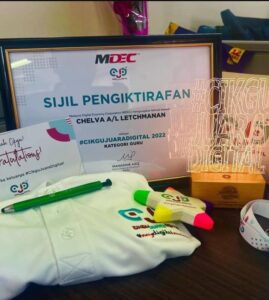
Varnam: Bring us up-to-date on efforts that you have implemented in order to improve digital learning.
Chelva: To improve my knowledge of digital learning and applications to approaching students, I took lots of courses, watched YouTube tutorials, and read articles.
For my school and teachers, I conducted talks and seminars, and also implemented the Professional Learning Community (PLC) to educate teachers.
For the community, on TikTok and Instagram, I posted a lot of videos about translating Tamil words, giving tips on using digital tools, and conducting seminars for practical instructors on how they could become better teachers.
I have been putting all of these into practise with the idea that ourselves, the students, the educators, and the community need to do better in every aspect. – Chelva
Rooban: I have participated in teacher training programmes offered by Google, Apple, and Microsoft to learn more about digital learning and to share it with my colleagues and other educators via the “INSPIRE” YouTube channel.
Every year, I take part in the Global Exchange Teacher Program to learn about changes affecting teachers around the world and to exchange teaching strategies with other educators.
In addition, I enjoy conducting research on themes related to digital learning since I think educators need to get ready to learn new things as a result of the transformation taking place in the educational system.
Professional growth is the foundation of every effort I have made to improve digital learning, and I consider it to be one of the most crucial abilities that everyone should work to achieve. – Rooban
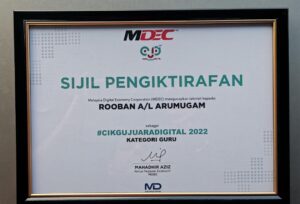
Varnam: Tell us about your biggest challenge that you have faced to date.
Chelva: My biggest challenge right now is educating and guiding students in the right direction. Although caring for children may appear to be simple, it is not.
Teachers are undoubtedly strict, but since students come to school from a variety of backgrounds and circumstances, it is the teachers’ duty to help students reach a consistent level, particularly in terms of learning, doing their homework, developing their skills, and being encouraged to participate in competitions.
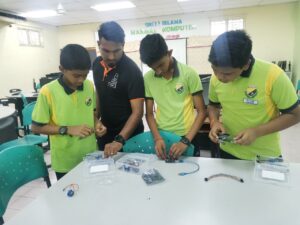
Rooban: Lack of funds for technical equipment has been the biggest challenge I have encountered thus far. We educators must offer group projects to pupils due to a lack of equipment.
It will be difficult to accomplish some of the technologically-based educational objectives without the right tools. In fact, because of the paucity of resources, teaching pupils how to use technology autonomously and for self-directed learning will be challenging.
Varnam: Is digital education as effective as face-to-face?
Chelva: In certain aspects, face-to-face communication and internet communication are equally effective. In terms of technology, I’ll use it to construct assessments for students in online tools like Word Wall, Quizziz, Quiz Lab, Kahoot, etc.
However, in my opinion, teaching pupils in person is more effective because we can observe their behaviour, correct their mistakes as they occur, and teach them as they go along. In doing so, we are able to recognise a student’s condition and assist them right away.
Teaching in schools plays a major role in molding children. I believe being around children can improve our skills and professionalism. – Chelva

Rooban: It is, indeed. Technology has completely revolutionised the way we learn nowadays. Due to the way that the digital age blends different teaching methods, student involvement has improved.
Digital learning is self-learning, where the creation of instructional materials should incorporate more media than traditional ones to provide more visually appealing and engaging teaching materials. All online teaching resources and students’ learning histories may be thoroughly and methodically recorded using the digital learning mode.
For instructors, the contents of the teaching materials might be efficiently gathered and structured using a digital learning platform and quickly supplied to students for efficient knowledge and management implementation.
There are a number of apps that can be successfully implemented in student learning to accomplish the desired learning outcome, thus it is a good time for educators to concentrate on digital learning. – Rooban
We, as a community, are really appreciative of these teachers who worked so hard to improve as educators, not just for themselves but also for the community and coming generations.
Thanks for inspiring and motivating students for life, Chelva and Rooban, and please keep up the good work boosting students’ self-confidence and guiding them on track.
Follow us on Instagram, Facebook or Telegram for more updates and breaking news.


